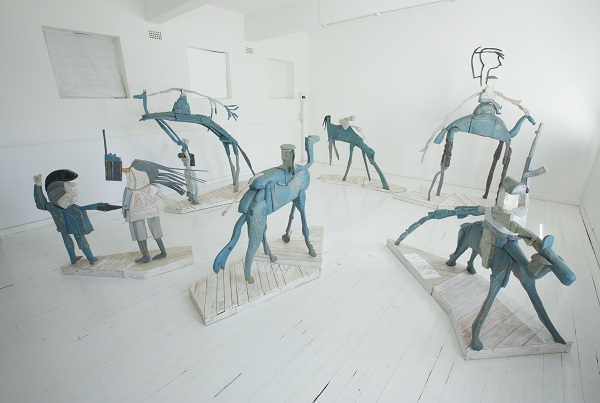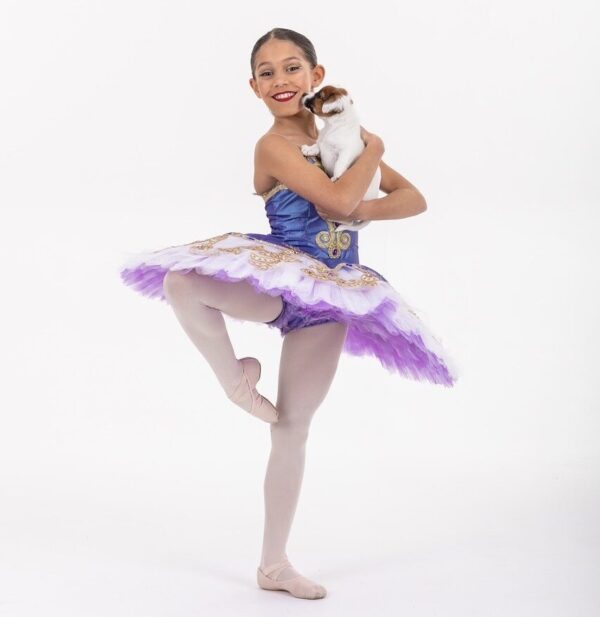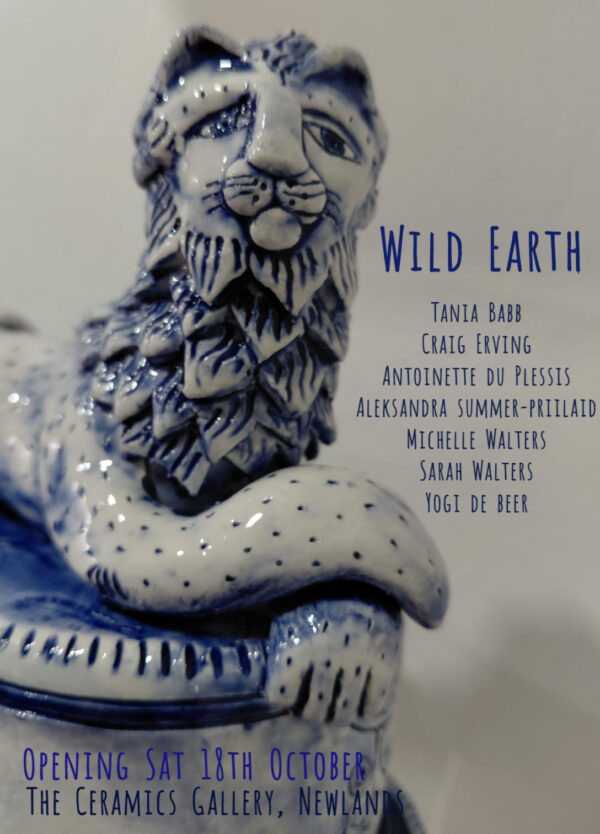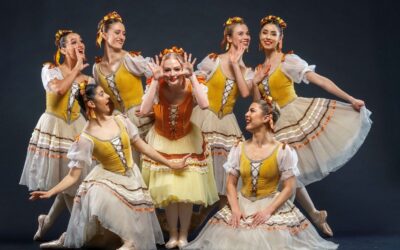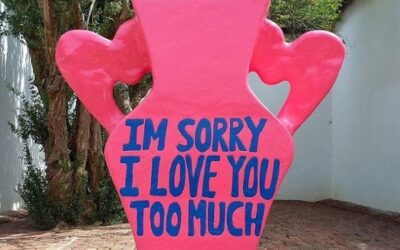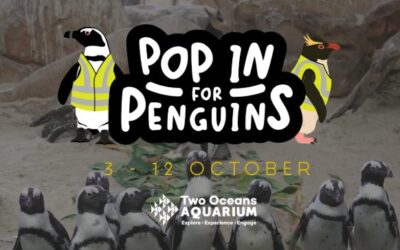“I’ll never be disparaging about people who talk about this vision that came to them in the night (again),” proclaims South African artist Kevin Brand of his new incarnation Janjaweed at the Cape Town Holocaust & Genocide Centre opening on 28 January 2018.
This about-turn isn’t at all in sync with the artist’s profile. Although highly creative and imaginative, Brand is not given to sudden flights of fancy. Rather, he comes across as down to earth, humble and hard-working. The sudden shift of attitude must be laid squarely at the foot of his latest sculpture installation titled, Janjaweed. Much about the sculpture, particularly its synchronicity, is, if not mysterious, curious and slightly at odds with the everyday. Brand says of the sculpture, “I don’t want to sound religious, but this thing just told me how it should be done. I literally woke up and then it came through me.”
Structure of Janjaweed
The eight-piece sculpture installation, Janjaweed (Arabic for “devils on horseback”) is loosely based on a drawing by a Sudanese child aged between 11 and 12-years-old. It expresses the child’s experience of being caught in the conflict between the Janjaweed militia and the villagers of Darfur in 2005.
The components are elevated on low, irregular-shaped plinths fashioned from recycled wooden strips associated with floor boards. In keeping with the drawing, Janjaweed includes eight human figures: some on camels, a soldier type figure on a horse and armed with an assault rifle, two figures engaged in an altercation and two further figures.
The way the drawing came into Brand’s consciousness was via a clipping from a newspaper. It was one of a number of Sudanese children’s drawings illustrating the country’s conflict, which were published in a local South African newspaper. In 2006, a group of Sudanese children were given paper and crayons to occupy them while journalists interviewed their parents. The caption of the drawing accompanying the newspaper clipping read, “This child’s drawing shows the Janjaweed attacking a village on camels. A woman flings her arms into the air as she is targeted for rape or execution. A soldier takes a woman to be raped. She has a cellphone and ‘wants to call the agencies for help’.”
Janjaweed has two iterations: the work as a whole and the work as a dissembled piece. Ironically, given its context, it can be likened to a Kinder Joy, a children’s chocolate egg containing toy components which require assembling.
One of Brand’s major challenges lay in how to address the two aspects of assemblage and dissemblage. To the rescue came filmmaker Gavin Elder, who solved the two-part iteration problem with stop-frame film animation. Elder asked Brand to assemble the sculpture and then filmed with a stop-frame animation technique while Brand disassembled it. The effect is an articulation from wholeness to a field littered with scattered carnage. It’s as if the blue exterior has been peeled back to show the intimate bloom of a wound or the red associated with interior organs.
One of Brand’s signature marks is his masterful ability to reassemble disparate, unexpected elements – a piece of furniture or a discarded piece of student work – into a whole. There is something of the trickster archetype in his modus operandi which encourages us to look at our world anew. This approach peaks in Janjaweed. The contradictory or paradoxical evident in much of Brand’s work extends to the finish of the sculpture. At first glance the sculpture appears unfinished in keeping with that of a child’s drawing. But this is deceptive. The sculpture only alludes to being unfinished. It is, in fact, beautifully finished.
Janjaweed at The Cape Town Holocaust & Genocide Centre
For all intents and purposes, the installation was regarded complete by Brand when it was placed in the studio to be filmed. But the unanticipated arrived via the studio floor, adding an unexpected dimension. Because of its scuffed quality and the lines created by the delineation of its floorboards, Brand began to recognise the floor as the worn graph paper on which the child’s drawing was made.
The Cape Town Holocaust & Genocide Centre, designated for the exhibition of Janjaweed, posed a problem as it was carpeted. Brand solved this by making a temporary floor. To create the same feeling of the paper on which the child’s drawing is composed, and which is suggested by the studio floor, Brand ran a saw over white floor boards, scoring millimetre-thick lines. To get a scuffed look, he placed the boards in his work passages where there is a high volume of human traffic. And so, the floor became an essential element of the work.
View the making of Janjaweed
80th anniversary of the bombing of the Basque town Guernica
This year is the 80th anniversary of the bombing of the Basque town Guernica on market day in April, 1937. Hundreds of civilians, mainly women and children, were killed and wounded by German Luftwaffe planes in support of Spanish dictator Francisco Franco. The Guernica men were away fighting.
Guernica’s importance was the position it occupied as the last Republican town between Franco’s forces and the Basque capital, Bilbao. In terms of military history, it was the first civilian town attacked using the saturation bombing method. According to experts, the bombing of Guernica had no strategic military significance. Instead, it seemed a sinister operation. Endorsed by Franco, it was an opportunity for the German military to test its powerful new air force. The author of The World of Picasso, Lael Wertenbaker, wrote “Never before in modern warfare had non-combatants been slaughtered in such numbers, and by such means.”
Guernica has been used as an anti-war symbol from Vietnam in the 60’s, where a protester damaged the painting as a protest, to contemporary times. The painting sometimes finds itself in ironic situations such as those pointed out by art historians Simon Schama and TJ Clarke. In 2003, 66 years after the destruction of Guernica, United Nations officials covered up a tapestry reproduction of the work during US Secretary of State Colin Powell’s presentation of the American case for war against Iraq.
Picasso’s Guernica is considered one of the most powerful anti-war statements in 20th century art. It reflects a move from the heroic to a position where triumph is no longer honoured. According to Schama, Guernica “instructs us in the obligations of being human”. The same could be said of Brand’s Janjaweed.
Although it was not Brand’s intention, there are a number of parallels in Janjaweed and Guernica. In fact, Brand’s Janjaweed could be read as a child’s Guernica.
Rather than having first-hand experience of the situation, both Picasso and Brand were inspired indirectly by a single newspaper clipping. Picasso was living in Paris as a self-imposed exile from Spain, and so heard of Guernica via print. Neither artist – in particular Picasso, who was regarded as “the least political artist of the time” by his contemporaries – could be considered as working in a strictly protest genre. Yet, it would be fair to say they both used paintings as their weapons.
While in Picasso’s case, this approach is found primarily in Guernica, Brand has a number of examples. These include: 19 Boys Running (1988), in response to the 1985 Uitenhage massacre in South Africa; Here XVII (1995), alludes to the name for the Dutch East India Company – or VOC – which comments on the nature of colonialisation and big corporations; Pieta (1996), a black and white, pixelated mosaic (originally attached to an exterior wall of the Castle of Good Hope) of Hector Pieterson taken by photographer Sam Nzima. The photograph is regarded as the iconic image of the 1976 Soweto uprising.
Picasso’s Guernica, the child’s drawing and Brand’s Janjaweed all transcend straightforward, factual reportage. Yet interestingly, the drawings done by the Sudanese children of the Janjaweed massacre were considered sufficiently accurate to be used as supporting evidence in the International Criminal Court in The Hague.
Although Janjaweed and Guernica both reflect highly emotional life and death situations, their charge lies less in the bloody, fleshy wars and disasters associated with the romanticism of Goya and Delacroix, and more in a schematic approach closer to Bertolt Brecht’s Epic Theatre, where the strength of the appeal isn’t overblown emotion but a cooler, even cerebral approach.
The Janjaweed exhibition
The Janjaweed exhibition opens on 28 January 2018 at the Cape Town Holocaust & Genocide Centre. It’s an auspicious date, falling on the day after International Holocaust Remembrance Day.
Brand’s work is perfectly placed as the centre also houses the drawings of children who were incarcerated in pogroms and concentration camps. The geographical placement of the centre is also significant, as it links two important places in Brand’s development. He attended Cape Town High School, which is situated right next to the Cape Town Holocaust Centre, and is also opposite the Michaelis School of Fine Art (UCT), where he graduated. It’s as though the exhibition marks the completion of a full circle in Brand’s life.
KEVIN BRAND, the sculptor of Janjaweed, a child’s Guernica by Lucinda Jolly – an edited version appeared in Business Day on 12 January
WHERE: Cape Town Holocaust & Genocide Centre, 88 Hatfield Street, Cape Town 8001
For bookings and RSVP’s to Kevin Brand’s Janjaweed opening on 28 January please email admin@holocaust.org.za

